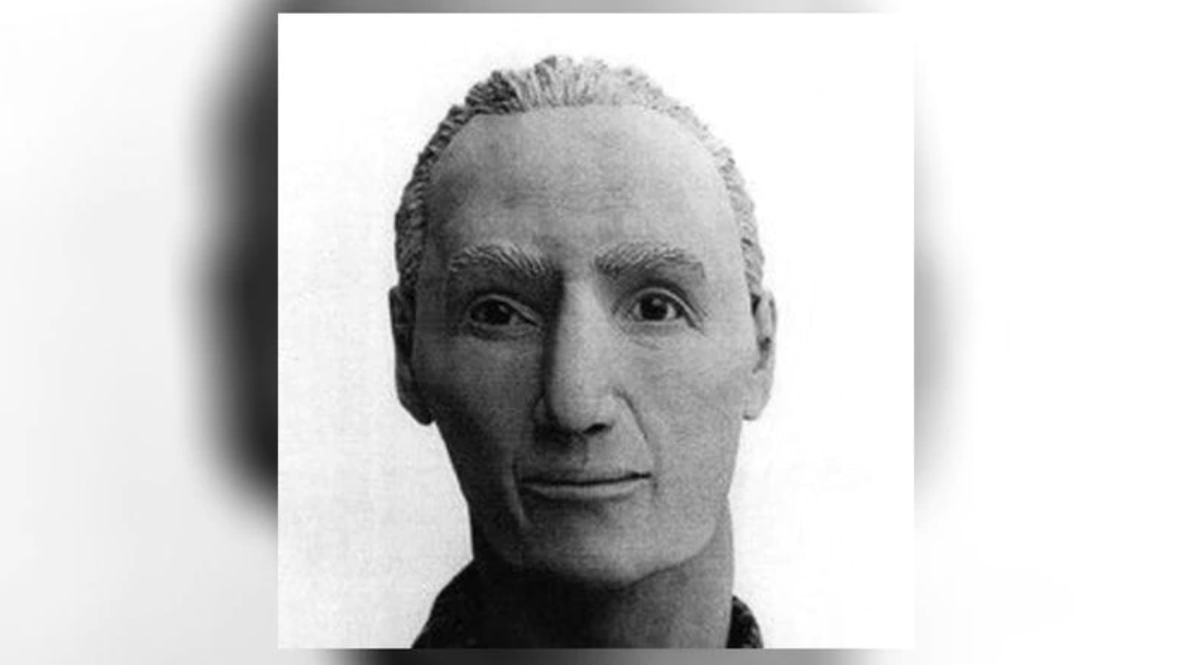BUTLER COUNTY, Ohio — The latest announcement that remains found in the region were identified with the help of a national organization continued efforts to bring closure for families with these investigations.
The Butler County Coroner’s Office said Monday that remains of a man found in the Great Miami River north of Hamilton in 1997 were identified as Larry Joe Porter. Porter was 44 at the time of his death and a resident of Dayton.
The DNA Doe Project, which was involved in the identification, has been involved in several high-profile cases in the region.

Larry Joe Porter, discovered in 1997
The body was found floating in the river south of the Horseshoe Dam in the canal on May 18, 1997. The victim was a white male approximately 5-foot-10 and 130 to 150 pounds. The body was in a severe state of decomposition, according to the coroner’s office.
After attempts to identify the victim did not produce a name, the coroner’s office reached out to the DNA Doe Project in December 2018 for help with the case. University of North Texas Center for Human Identification sent remaining DNA extract to the sequencing lab HudsonAlpha Discovery. Data was uploaded to GEDmatch and later to Family Tree DNA, where the Doe Project team of volunteer genealogists discovered a close family member.
Within hours, the team worked out the connections between the DNA matches.
Team member Megan Street recalls the moment the family tree was finally built out and led to the identification of Larry Porter, corroborated by other online clues that seemed to cease in 1996.
“Every hair on the back of my neck stood up,” Street said.
The Butler County Sheriff’s Office has been investigating for years to determine what happened to the man. Identification could help, according to Chief Deputy Anthony Dwyer.

Darlene Norcross, discovered in 2015
The remains of Norcross, 61, were discovered on Mach 7, 2015.
Brothers Parker, Cole and Caleb Wilhelm found a skull in the woods behind their Gregory Creek Lane home in West Chester Twp. Rain and snow made finding additional remains difficult, Mannix said. But when the weather cleared, all of the woman’s remains were collected, along with other items believed to have belonged to her.
A biological profile was developed of the remains, facial reconstruction was developed and DNA profiles were put into national databases to look for associations with missing persons' DNA, Mannix said. Dental implants found with the remains were also sent for comparison to more that 200 dental offices.
But there were still no leads for years, Mannix said, before DNA Doe Project got involved. Identification was made in March 2019.
Norcross was not reported missing, according to officials.
“I don’t know why she wasn’t reported missing,” Mannix said. “The important thing for anyone out there, if you have someone that’s missing, report them.”
Norcross was married on the East Coast, got a divorce and moved to West Chester Twp. on her own, said Tivin.
“She lived in a condo on her own, no children, her parents had passed away, so there were really no relatives,” Tivin said. “It is unfortunate. I mean she was somebody’s neighbor, she was somebody’s friend and they all chose not to wonder where she went.”

Marcia L. King, discovered in 1981
The young woman with reddish-brown hair in braids wearing a buckskin jacket whose body was found in a Troy ditch in April 1981, known as Jane Doe for many years, was identified in April 2018 with the help of the DNA Doe Project.
Jane Doe had been deceased less than two days before her body was found. She died of strangulation and blunt-force trauma to the head. The woman had no socks, shoes, bags or any form of identification.
The family did not want to make any statements and wanted to keep their confidentiality, Duchak said.
“They requested that be respected,” he said. The young woman, who became known as the Buckskin Girl, is buried in Troy.
Lord said King’s mother, who had hoped for decades her daughter would return home, was now looking at replacing the Jane Doe headstone. King was never reported as a missing person.
Sheriff’s office leaders said the case was never closed, always on a detective’s desk since 1981.
Over the years, various measures were taken in an attempt to learn more about Jane Doe – who she was, where she was from. A couple of years ago, investigators said pollen samples revealed some clues. New photographs were reconstructed using new technology, and clothing underwent additional tests in the lab. But the identification didn’t happen until 2018.


